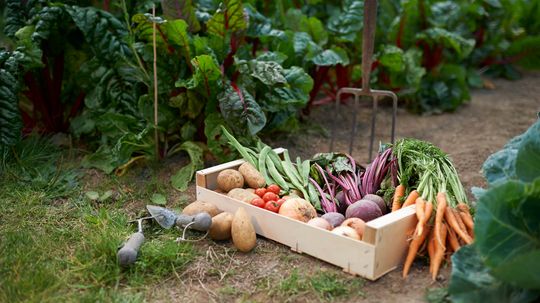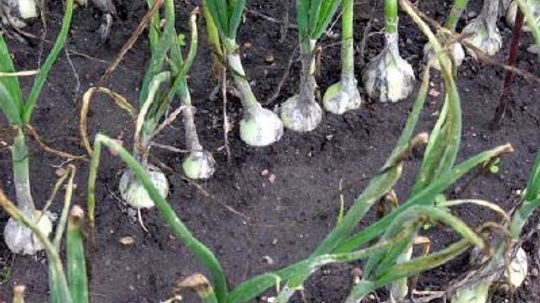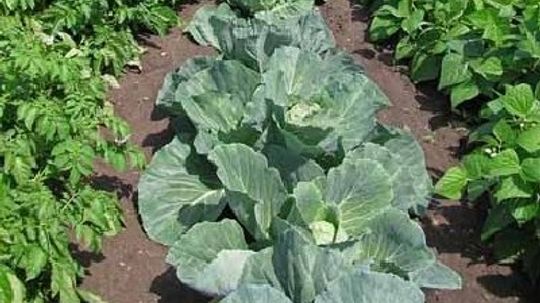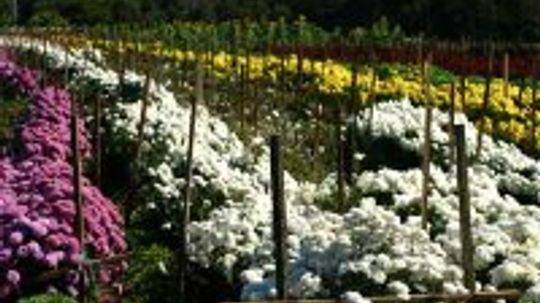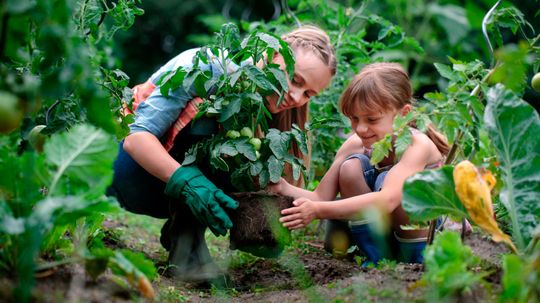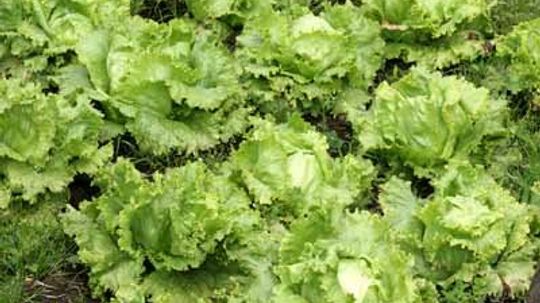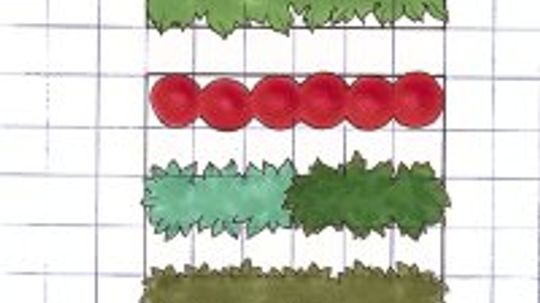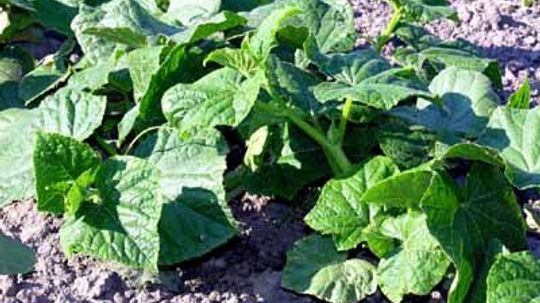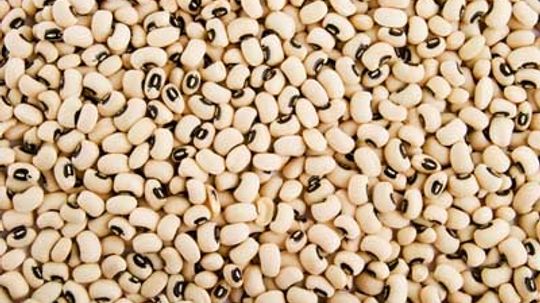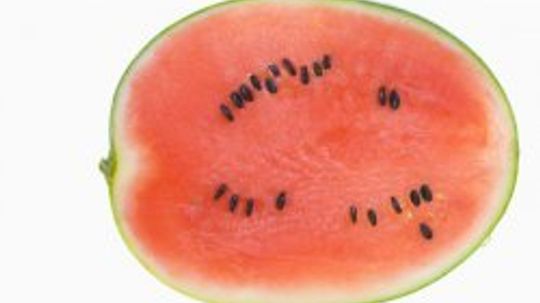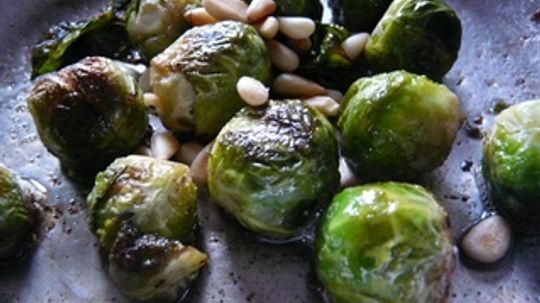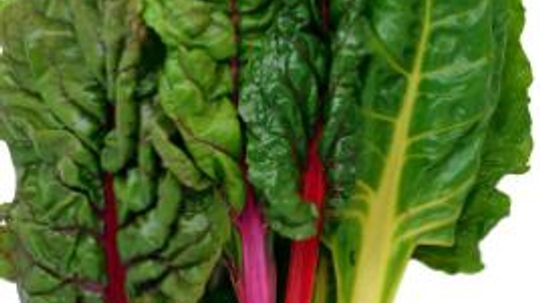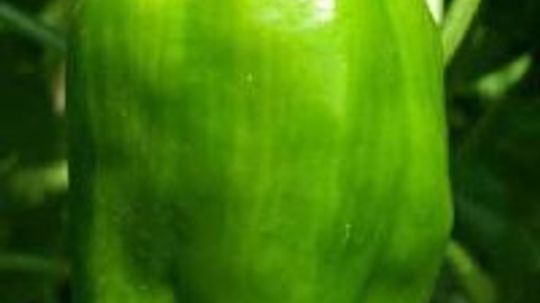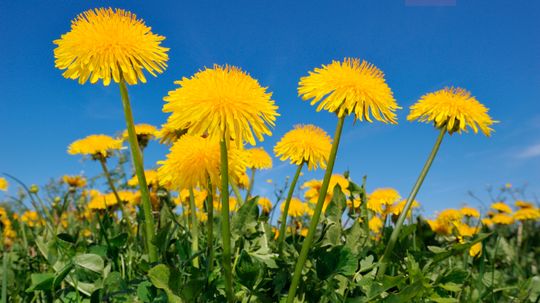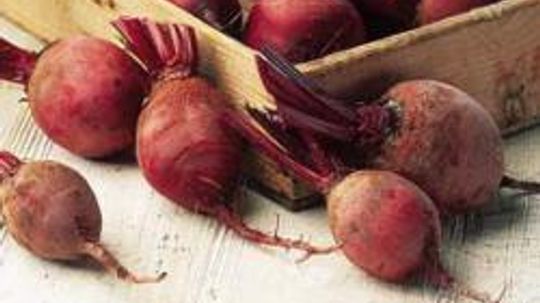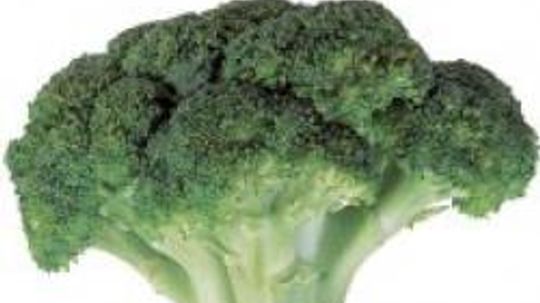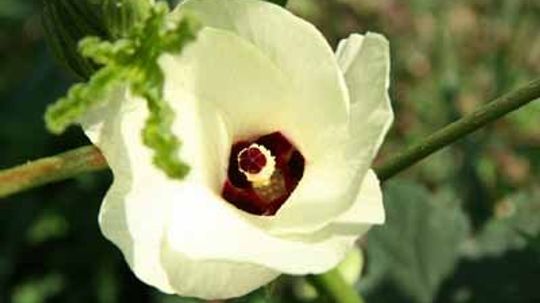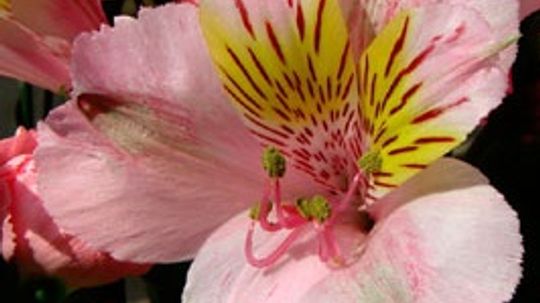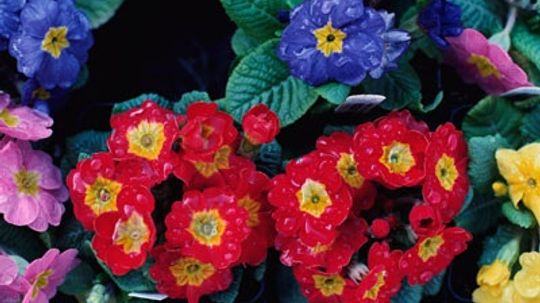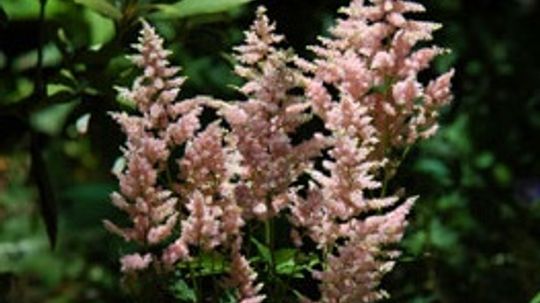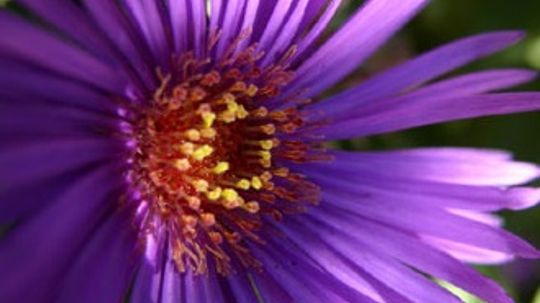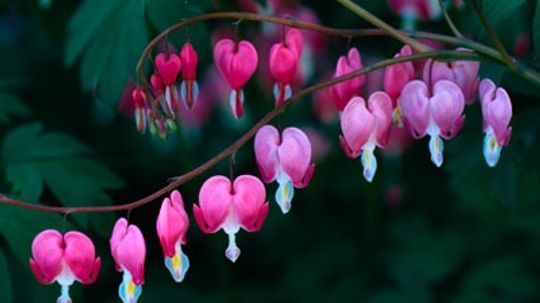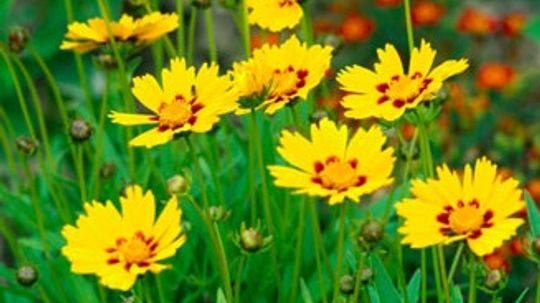Gardening
Gardening is a useful and relaxing pastime. Read gardening tips and learn how to plan and care for a variety of gardens.
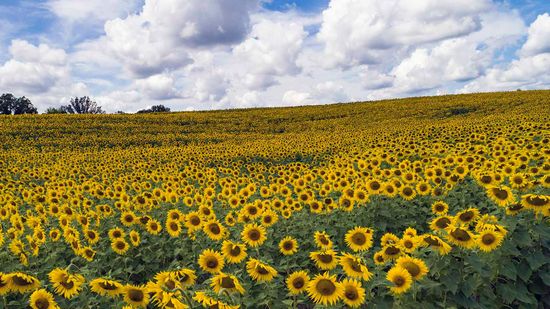
12 Sunflowers Facts for Beginner Gardeners

How can you recycle water for your outdoor garden?

5 Ways to Garden in Winter
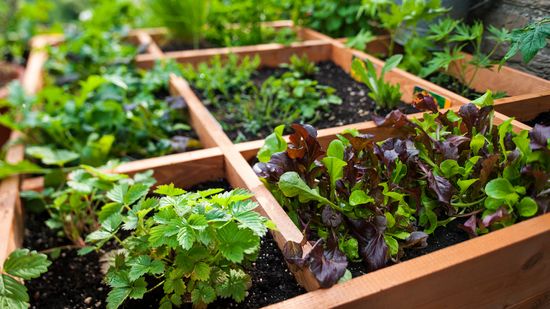
Square Foot Gardening: The Planting Method Created By an Engineer

Hugelkultur Bed: Creating the Perfect Soil for Your Garden
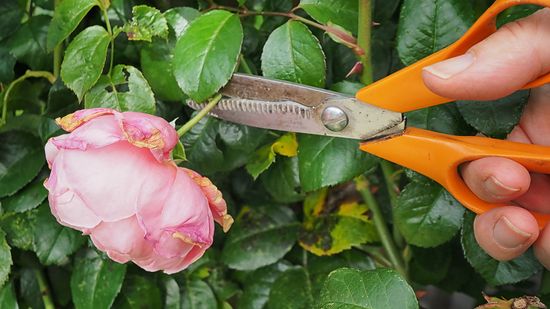
How Deadheading Helps Flowering Plants Flourish
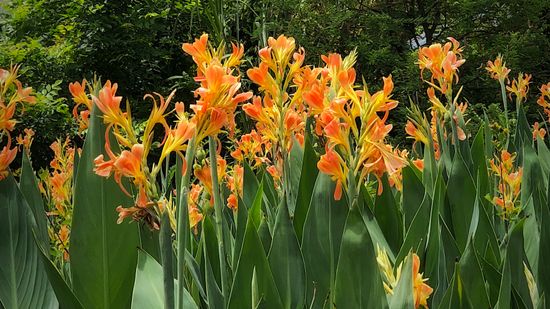
How to Store Canna Bulbs
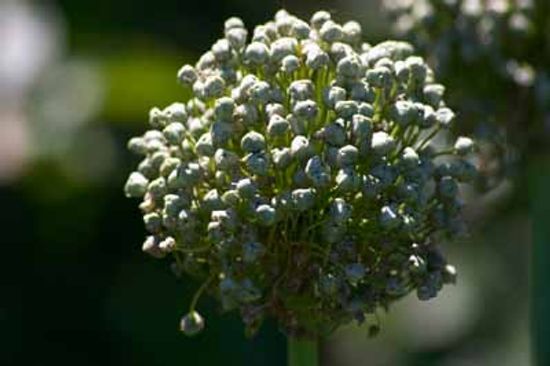
Flowering Onion
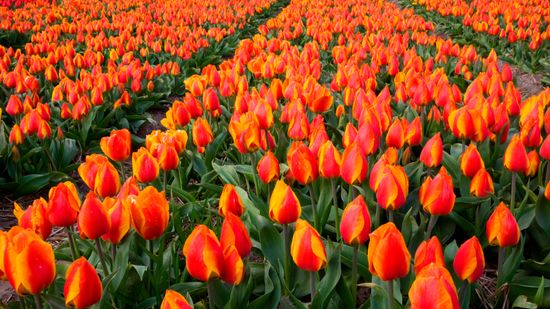
Tulip

11 Easiest Vegetables to Grow Throughout the Year
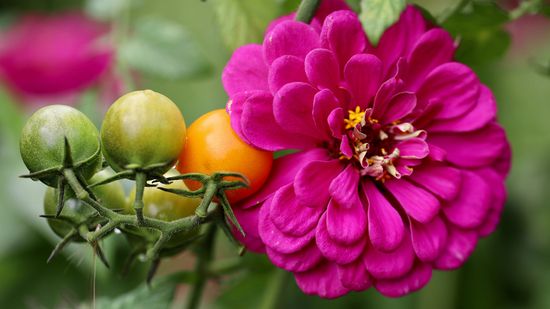
Companion Planting: The Do's and Don'ts of Growing Plants Together
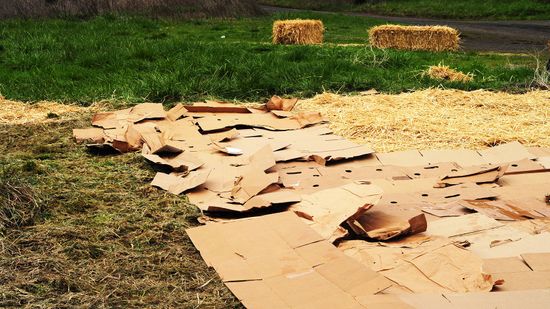
How 'Lasagna Gardening' Helps Create Healthy Soil
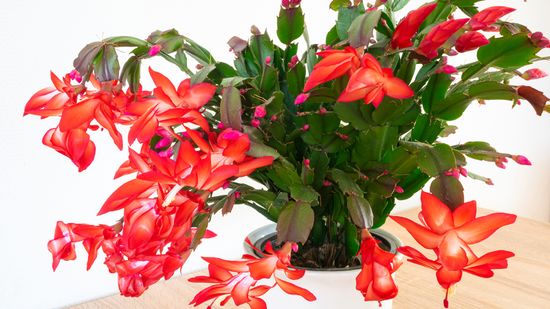
Christmas Cactus vs. Thanksgiving Cactus: What the Schlumbergera?
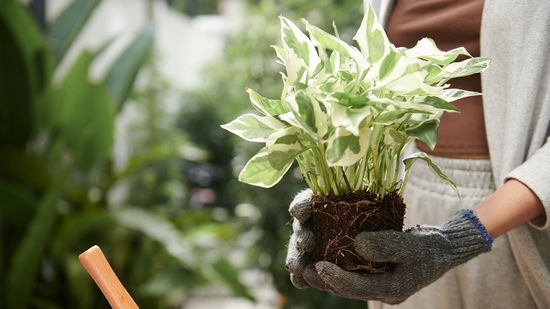
Pothos vs. Philodendron: Comparing Low-maintenance Plants
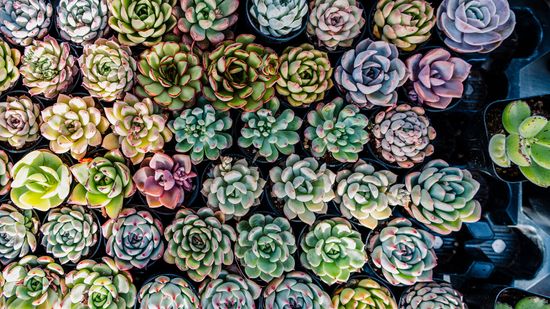
12 Types of Succulents for a Low-maintenance Garden
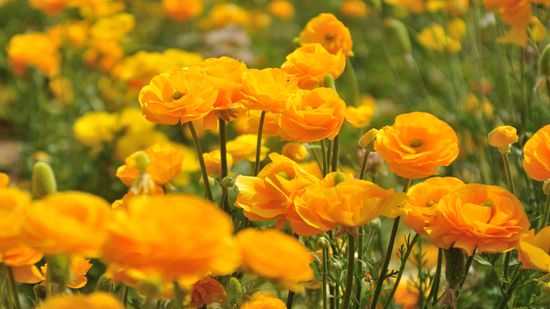
Ranunculus Is a Toxic Beauty With a Doozy of a Name
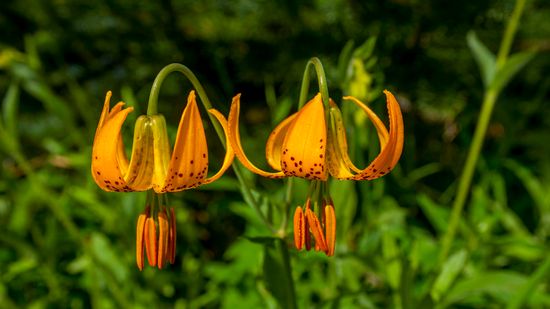
Tiger Lilies Are Easy-to-grow Garden Showstoppers
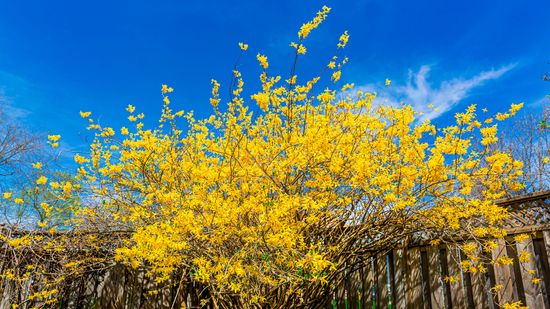
Caring for Forsythia, the Flaming Yellow Sign of Spring
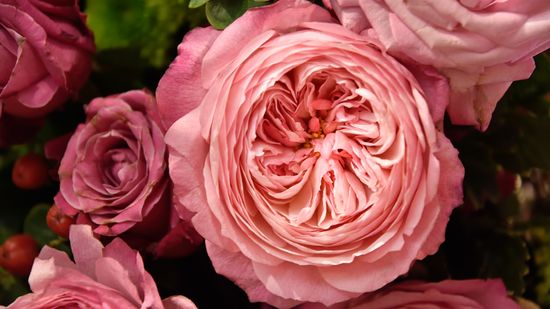
Most Expensive Flower (and 5 More Blooms That'll Break the Bank)
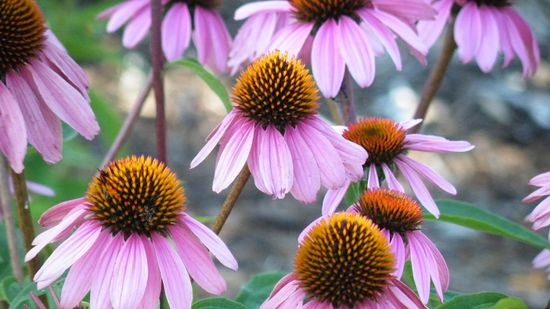
5 Easy Medicinal Herbs You Should Know and Grow
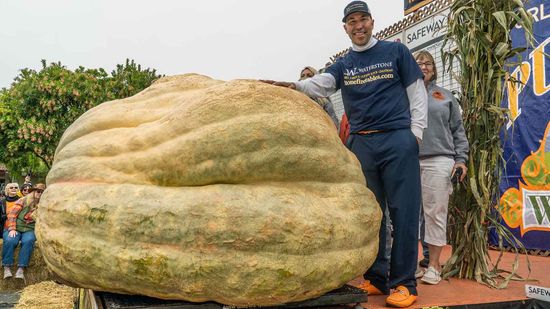
How Do You Grow a 2,000-pound Pumpkin?
Learn More / Page 7
Successful vegetable gardens start with careful vegetable selection, good soil preparation, and great vegetable plot placement for a bountiful harvest. Learn everything you need to know about starting a vegetable garden.
By the Editors of Publications International, Ltd. & Desiree Bowie
Successful vegetable gardens need to be weeded, watered, fertilized, and maintained all through the growing season to ensure a bountiful crop. Learn everything you need to know about caring for a vegetable garden.
Growing a vegetable garden is a great addition to your current gardening skills. We'll teach you about the different vegetables types, planting methods, and proper veggie garden care. Learn about vegetable gardens.
Advertisement
Vegetable plants sometimes need stakes, cages, or trellis systems to ensure healthy growth and a good crop. Tomato plants in particular need support systems to thrive. Learn all about staking vegetable plants.
By C. Colston Burrell
A compost pile is a great resource for your vegetable garden. It provides nutrient-rich soil, and it helps clear away some of your kitchen waste. Learn all about maintaining a compost pile.
By C. Colston Burrell
Lettuce is a staple of the American diet. Let it become a regular part of your vegetable garden, too. This article includes tips on growing, selecting and preparing lettuce, and information about its health benefits.
Plotting out your vegetable garden before you start planting can help ensure a successful harvest. Graph paper can assist when you're drawing out your plot plan. Learn about designing a vegetable garden.
By C. Colston Burrell
Advertisement
Cucumbers rank high on vegetable lovers' lists because of the delicious, refreshing crunch. Gardeners love the cucumber plant's lovely, sprawling vines. Check out this article for tips on growing and harvesting the cucumber plant.
California black-eyed peas don't like the cold -- but they like the South, and being grown there. Versatile and tasty, black-eyed peas are low in fat, high in fiber and protein. Learn how you can grow and prepare black-eyed peas.
If you're looking for an uncomplicated vegetable to grow, choose green beans. There are several varieties of this delicious vegetable to choose from. This article will show you how to grow and harvest green beans.
Watermelon isn't a small snack -- it can weigh up to l00 pounds. With warm soil and ample water, gardeners can grow this source of lycopene, which can prevent cancer. Learn how to grow watermelon.
Advertisement
Brussels sprouts can take three months to grow, but it's not a hard process -- and it can be a worthy one, given its cancer-fighting abilities and nutritional value. Learn how to grow Brussels sprouts.
Swiss chard is a leafy vegetable that thrives in cooler temperatures. With a growth cycle of roughly two months, Swiss chard needs to be trimmed to retain its flavor. Learn about Swiss chard.
Peppers come in several sweet and hot varieties -- both types make a tasty and attractive addition to any vegetable garden. Learn about growing, harvesting, and serving sweet and hot peppers.
Dandelion is more than just a weed. This very hardy plant is a versatile one, boasting nutrient-rich leaves and roots. Check out this article for tips on growing and harvesting the dandelion plant.
Advertisement
The uniquely sweet beet is a hearty, satisfying vegetable that's also good for you. This article features tips for growing, selecting and preparing beets, and information about the many health benefits of this versatile vegetable.
Broccoli packs more nutrients than any other vegetable. And, it is delicious and low in calories to boot. Learn how to grow, select and prepare broccoli, and about broccoli's numerous health benefits.
Okra, a very tender vegetable plant, requires warm weather to thrive, but its short harvest time makes it a versatile garden addition. Learn how to grow, harvest, and plant okra.
Alstroemerias, or lilies of Peru, are lilylike perennials with trumpet-shaped flowers. Flowers come in pink, rose, purple, yellow, cream, orange, and white and are great in garden containers and flowerbeds. Learn about these showy flowers.
Advertisement
Primrose is a perennial flower. Gardeners enjoy its beautiful shades of colors, including red flowers, yellow flowers, purple flowers and orange flowers. Grow primrose in the outdoor garden bed or as a house plant. Learn about primrose.
Beautiful perennials for the garden, the astilbes, or garden spireas, available today are usually the result of hybridization. Color may be white, pink, lavender, or cranberry. Learn how to grow this versatile flower.
Aster, or michaelmas daisy, is a North American flower that grows in wayside places with no care at all. You'll find garden asters in many sizes and colors. Find out about these perennial flowers.
Bergamot are hardy perennials considered garden favorites for decades. Sturdy stems are topped by crowns studded with lipped flowers. Find out more about these flowers, beloved by butterflies and hummingbirds.
Advertisement
Bleeding heart, a poetically named perennial flower, has heart-shaped pendant pink or white flowers with spurs at the base and attractive fernlike foliage. Find out about this garden favorite member of Dicentra.
Several coreopsis species are popular in the garden, all of them sporting bright daisylike flowers. These perennials bloom pink, orange, and yellow flowers. Learn to grow this great drought-resistant flower.
